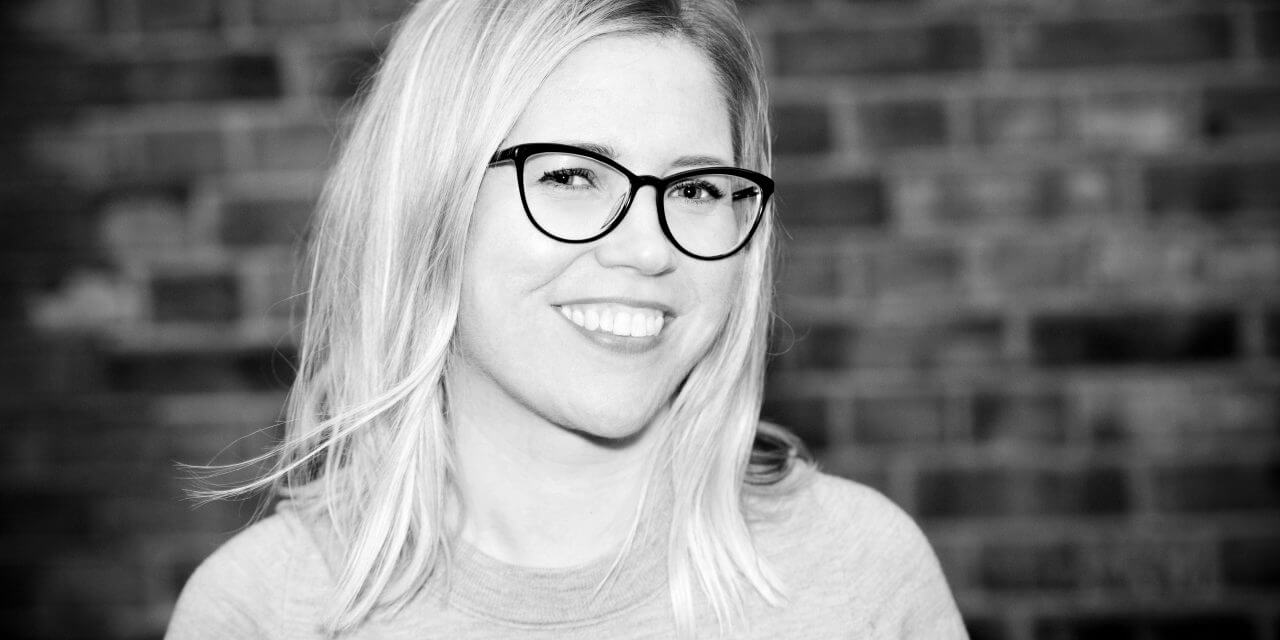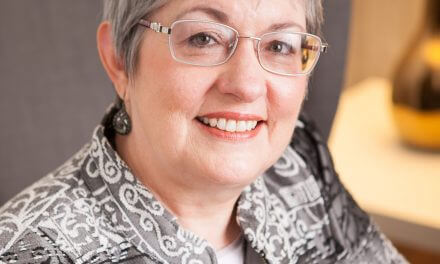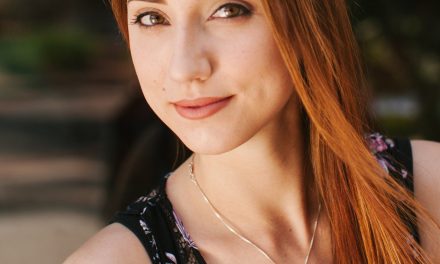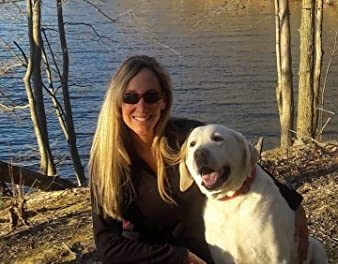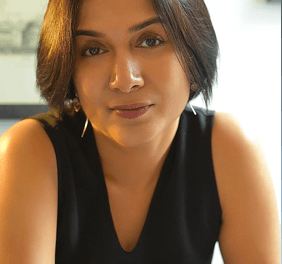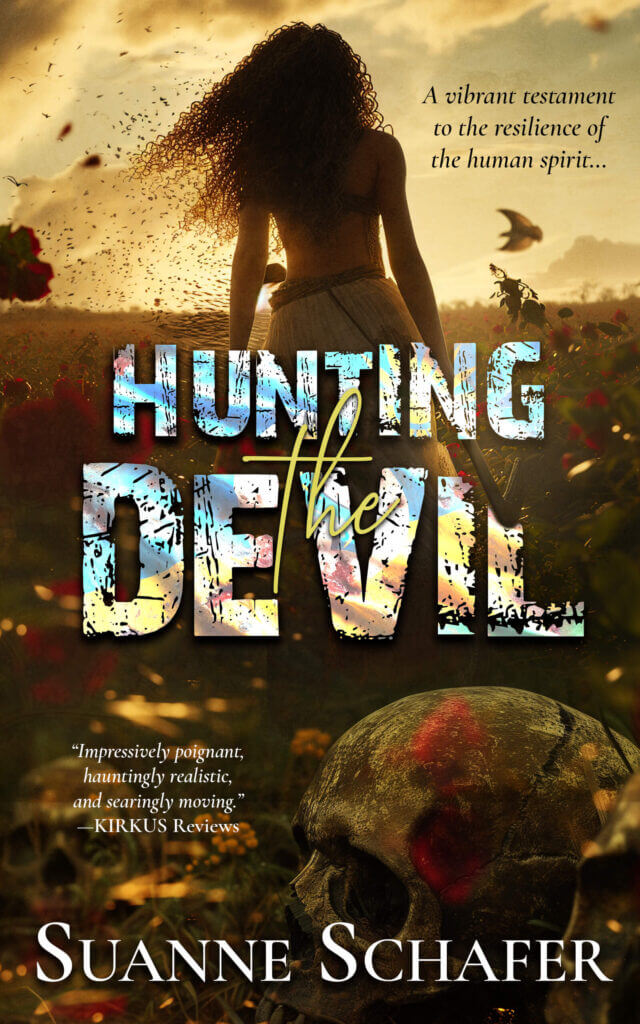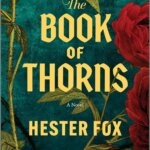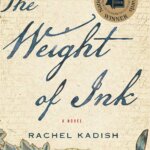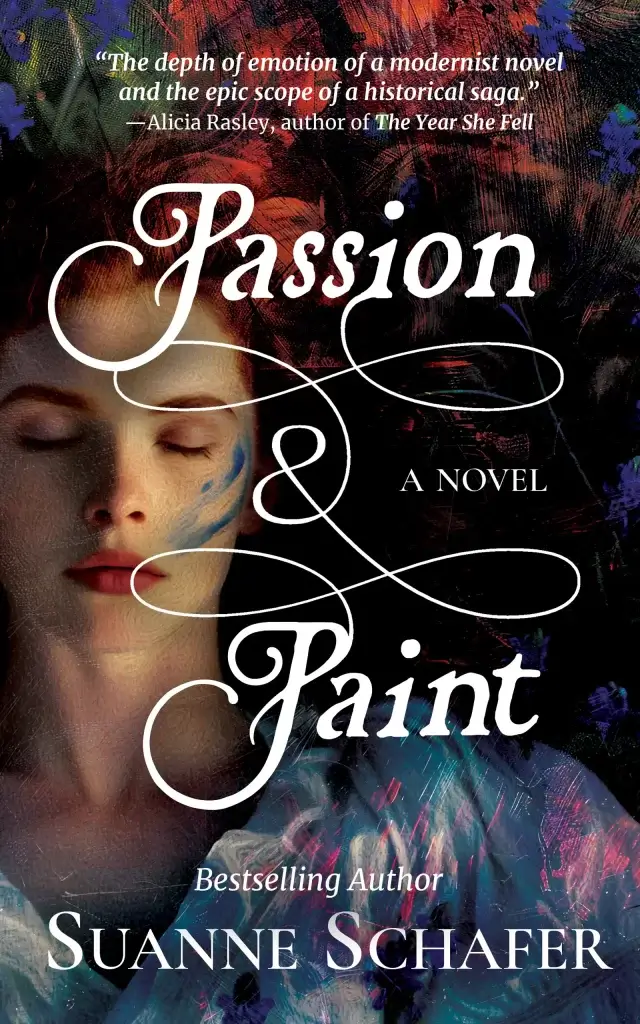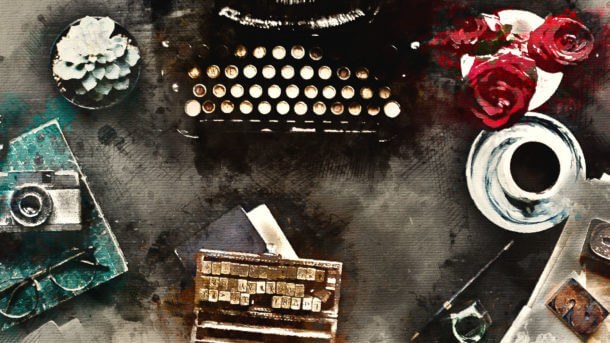Karen Havelin is a writer and translator from Bergen, Norway. She attended Skrivekunst-akademiet i Hordaland, and has a Bachelor’s degree in French, Literature, and Gender Studies from the University of Bergen and University of Paris Sorbonne. She completed her MFA in Fiction from Columbia University in May 2013. Her work has been published both in Norwegian and in English.
SS: Can you share a bit about your background?
KH: I am Norwegian, but I grew up speaking English to parts of my family and have chosen English as my main literary language. I got my MFA in writing from Columbia University in New York City and now live in Oslo, Norway.
SS: What is the best investment you ever made in your writing?
KH: Probably my MFA degree. And an emotionally supportive partner.
SS: Do you read your book reviews? How do you deal with bad or good ones? Does a bad one affect your writing?
KH: I’m happy to report I don’t think any reviews have affected me, though I’ve certainly experienced a lot of feelings. Though I will say that the fact that some readers out there really got what I was trying to do and found it helpful and meaningful, has made my life a lot better.
SS: What is your most recent book? In twenty-five words or less, tell me why a reader should start your book next.
KH: Please Read This Leaflet Carefully is my debut novel, out in 2019. Follow Laura, an expat Norwegian recent divorcee single mother in NYC backwards through 20 years of her life. Throughlines: chronic illness, love, care, dark humor.
Phew!
SS: If you were describing your writing to someone who hasn’t read anything by you before, what would you say?
KH: I’d say that I write things that are fun to read even when I write about things that are not fun to live. The element of humor is always present and important to me, though I write about the vulnerability of the human body.
SS: At what point did you come up with the title? Did your publisher change it?
KH: Please Read This Leaflet Carefully. Keep the Leaflet. You May Need To Read It Again. is quite a mouthful. It comes from needing to google translate the packaging leaflet of a medication from Norwegian into English while I was living in NYC. I was taken with how intense this opening statement, that I’d read a million times in every medication package in Norwegian, sounded in English. How it insists on your attention. It fit the structure of my novel so well, too. My novel has a reverse chronological structure, which means that every part is written so it can be reread and to resonate with the rest of the book. I am really happy that the title actually made it all the way to publication. I was prepared to fight for it, but in the end I didn’t have to.
SS: Could you say something about your relationship to your fictional characters? How autobiographical do you think your current work is?
KH: It is indeed quite autobiographical, but also much less so than many people seem to think. The book kind of grew out of intense physical experiences. And those were mine. Beyond that, everything is true and nothing is true. Anything that resembles my life has been twisted and reworked. When I talk to people who know me about this, they often say, “Yes, but that bit, I know that is 100% taken from true life!” and they are very often wrong! I take it as a testament to the level of work I have put in. It is craft. If it feels like it must all obviously be true, that is a good thing.
SS: Was the decision of how to structure the novel obvious?
KH: It was not obvious, but it was absolutely key to having the novel work. By using a reverse chronology and the eight different parts of different lengths, I am exploring how time feels when experiencing chronic illness. It doesn’t have a satisfying story structure with a beginning, a middle and a neat solution. You have to rediscover many lessons at different times in your life and with different people. That said, each part is a story with a satisfying curve to it. It just fits into a larger structure of a more unusual but still hopefully fulfilling curve.
SS: If you stray from a chronological time frame, did you write the book in the order in which it appears on the page, or did you write it in a chronological order and later rearrange?
KH: I wrote most parts separately and rearranged them.
SS: Where and when is your book set? How did you decide on the setting? The timeframe?
KH: The book follows Laura backwards from NYC at 35 to Norway, via Paris and the UK to Norway at 14.
SS: Joanna Russ (The Female Man) wrote, “Not only is female experience often considered less broad, less representative, less important, than male experience, but the actual content of works can be distorted according to whether the author is believed to be of one sex or the other.” Do you wish to comment?
KH: I do, yes! Endometriosis, the illness my main character mainly suffers from, is a grotesquely under-researched and underfunded illness that affects female-born humans and has no cure or adequate treatment. Both in the way this illness is treated—it is often unknown by doctors, the advice given to patients, such as “get pregnant” is often 100% wrong, and its diagnosis is 7-10 years delayed—there is no doubt in my mind that this is because it is a disease that women have.
I wanted to talk about endometriosis, because even getting one patient to mention that word to their doctor could potentially impact their life a lot. But also, I wanted this to be seen as a literary novel, a highly crafted piece of art, where the form of the novel is intrinsic to its theme.
After the book came out, there has also been a wave of sad stories coming my way. There is so much pain and so much loneliness. Everyone feels alone when they are sick. It has been a big relief and joy to me that the story resonated with people with similar experiences to my main character.
SS: Book you’re currently reading:
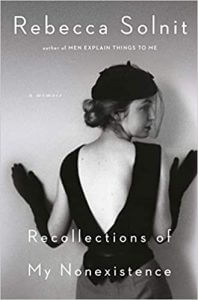
SS: Number one book boyfriend or girlfriend is:
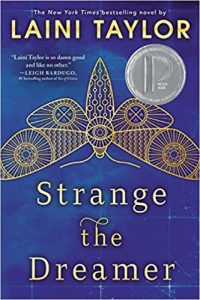
********************
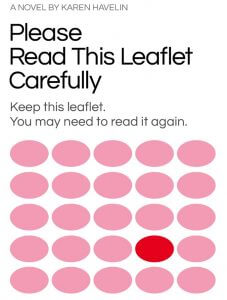
********************
An excerpt from Please Read This Leaflet Carefully:
For years, I’ve considered it an established fact that the female body is a pain in the ass. Despite all its unique talents, from youth it’s constantly wracked by hurricanes, snow and rain—by cramps and pains, premenstrual craziness, menstrual cra- ziness, post menstrual craziness, pill-related craziness; waves of uncontrollable rage and sadness, fluctuating weight and libido, urinary tract infections, yeast infections, not to mention the smorgasbord of mindboggling changes that is pregnancy. There are so many things that swell, ache, cramp and droop. So many places an eponymous cancer can settle—breasts, uterus, ovaries—and so many illnesses that are specifically female. The male body seems like a sunny campsite in comparison.
My feet are in the cold, metal stirrups.
“Has it been a whole year? That must be a good sign, huh?”
“Yeah, I’ve been doing okay.”
My gynecologist signals me towards her with an efficient little wave of her fingers and I scoot further down on the table. Beneath me, the paper cover crunches against the padded vinyl seat. My doctor is an intelligent woman with a slight accent, who never appears to be in a hurry. She is in her early sixties and has a smooth, gray bob and a pleasant face untouched by Botox. I think she’s had a happy life.
I lean back and focus on the irregularly sized holes in the ceiling tiles, trying not to tense up against the business end of the speculum. Luckily, she knows what she’s doing and it barely hurts.
“How’s the little one?”
“She’s great. She’s two already.”
“Still not decided on having more?” Her voice is coming from down between my ankles.
“Uh, I just got divorced actually, so I have enough on my plate right now.”
Telling people about my divorce while my bodily cavities are propped open feels like one step too far.
“Oh. Well, you’re only thirty-five, you have time.” Fortunately, my doctor is quick. She finishes taking the sample and finally removes the speculum. She lowers the lights and prepares the ultrasound wand by squirting gel on it.
“So, are we losing you to Norway?”
“No, no danger of that yet.”
I’ve only gone back once after I left at twenty-nine, six years ago. My family has consistently lobbied me to move back home ever since I got my master’s degree. They doubled down on their pleas when Nick and I split up and I became alone with Ella most of the time.
As she begins the ultrasound examination, I watch the shapes of my inner organs balloon like elusive deep-sea creatures against the murky display. I chew my lip and think I see something unfamiliar, but then again, I always do. It’s beyond me how she can make any sense of these images.
“How’s it looking?”
She’s quiet for a while, clicking and dragging the measurement line against one shape.
“Hmm, it looks like there’s a small cyst. But it should disappear on its own.”
“So, it’s not like the previous ones.”
“No.”
“Does that mean I shouldn’t worry?”
“Yes. How is your pain these days?”
“Good, by my standards. I keep up the meditation, acupuncture, that sort of thing. But it’s been better since the pregnancy. I’m just worried that it won’t last.”
Actually, I haven’t seen my acupuncturist in a long time, which is maybe a sign of improved health in itself. “Still, you seem to be doing surprisingly well,” the doctor says as I sit up, fussing with the hospital gown so that it spreads down to my knees.
“Try not to worry. You never worry about the right things anyway, my mother always said.”
Well.
Still, I leave her office feeling basically intact as I walk a few avenues west to catch the subway home. I am glad to be in New York, despite how exhausting it sometimes is to maintain life here. As long as I can keep my health insurance, there’s undeniable glamour in having these giant, iconic buildings and straight, gingko tree- lined streets be the set for our daily life. I notice the late afternoon sunlight reflecting off the buildings as I cross an avenue; and as the yellow cabs swarm at the stoplight, I get that sense of spaciousness, of being the main character in a movie, and reflect that fourteen-year-old me would have loved this. She was obsessed with things being beautiful and exciting, always eager to be delighted. How hopeful that girl was. The chain of things I wanted when I was younger, the links stretching backwards to angrier, more innocent and optimistic versions of me.
********************
You can follow Karen on social media here:
Twitter | Instagram | Facebook
********************
This post contains Amazon Affiliate links. As an Amazon Associate, I earn a small amount from qualifying purchases.
